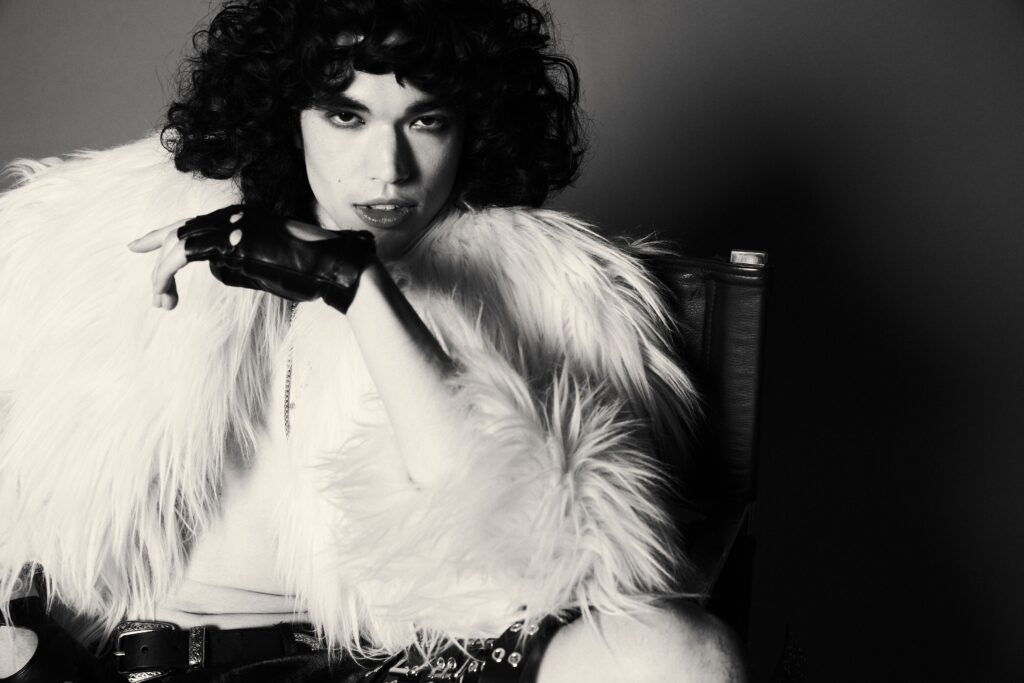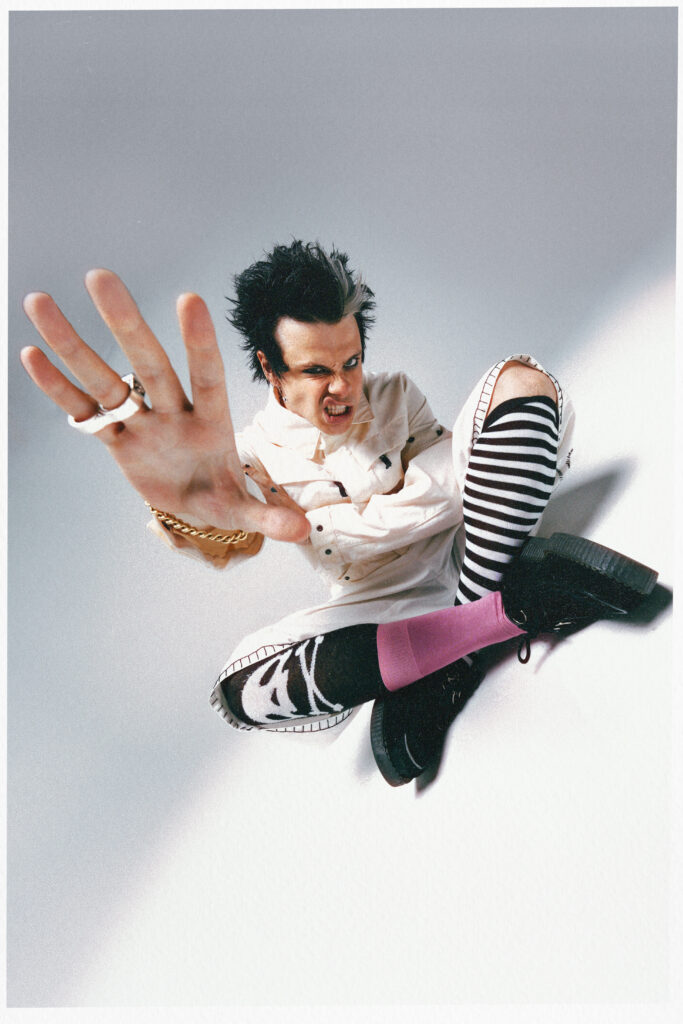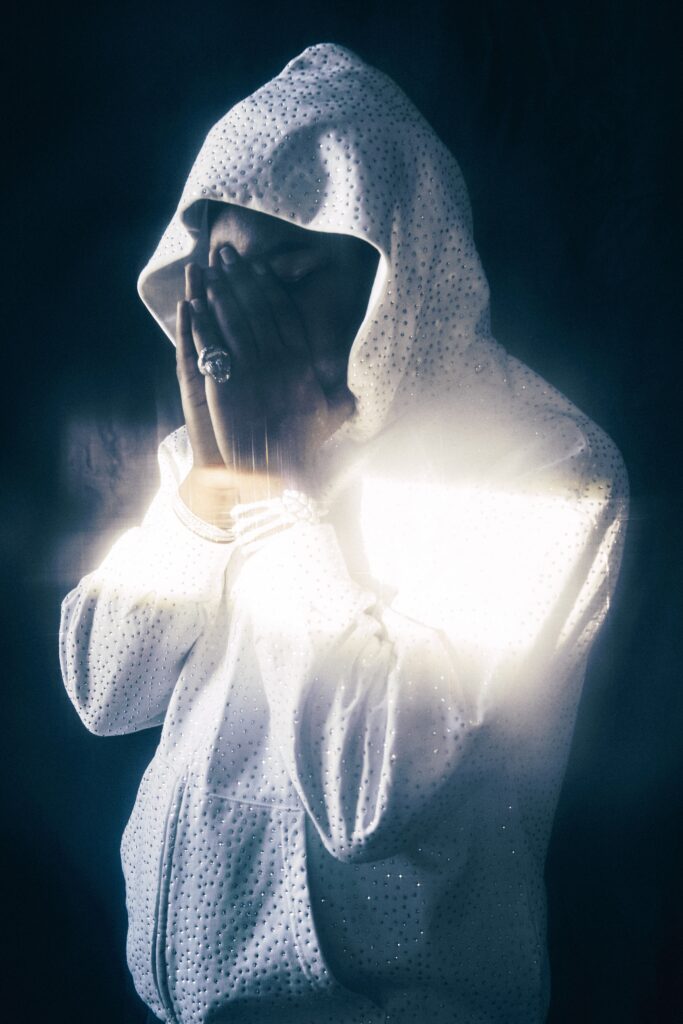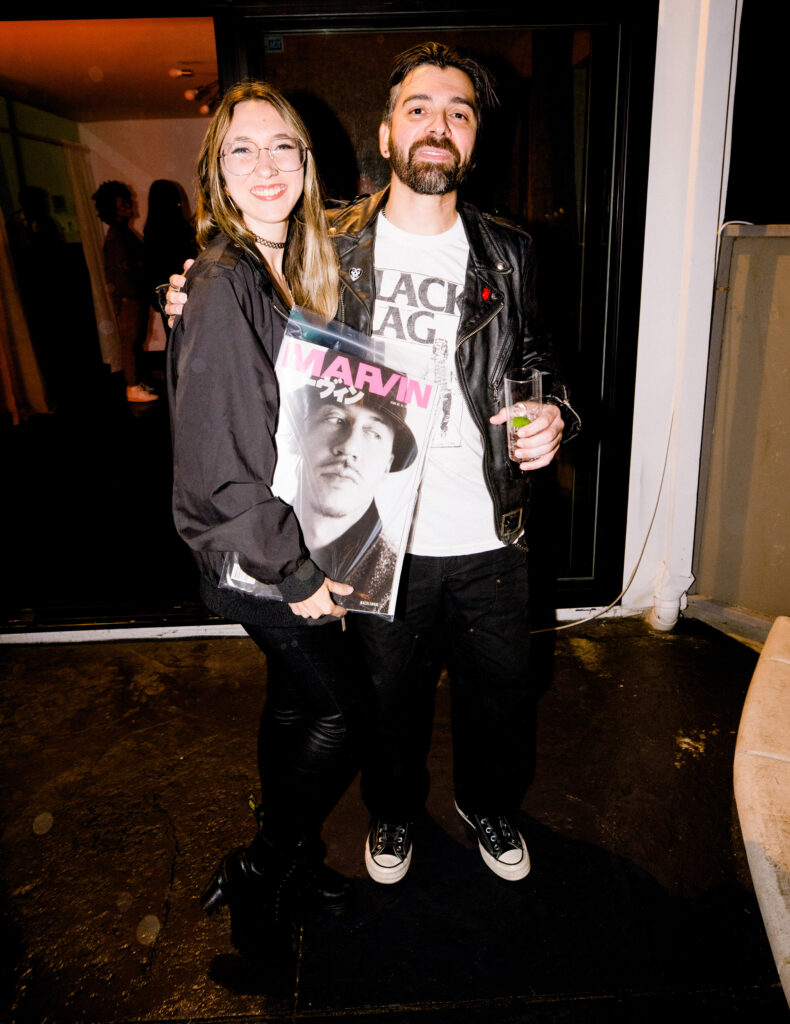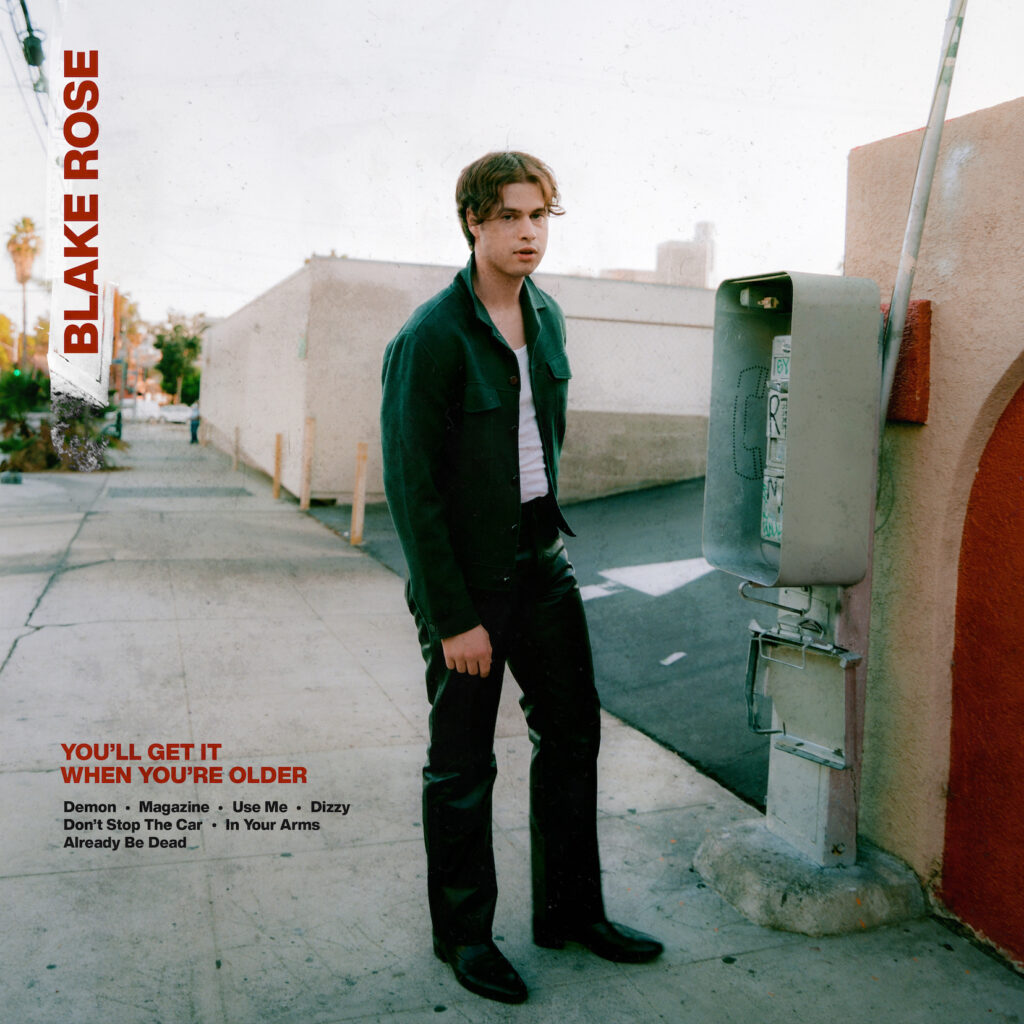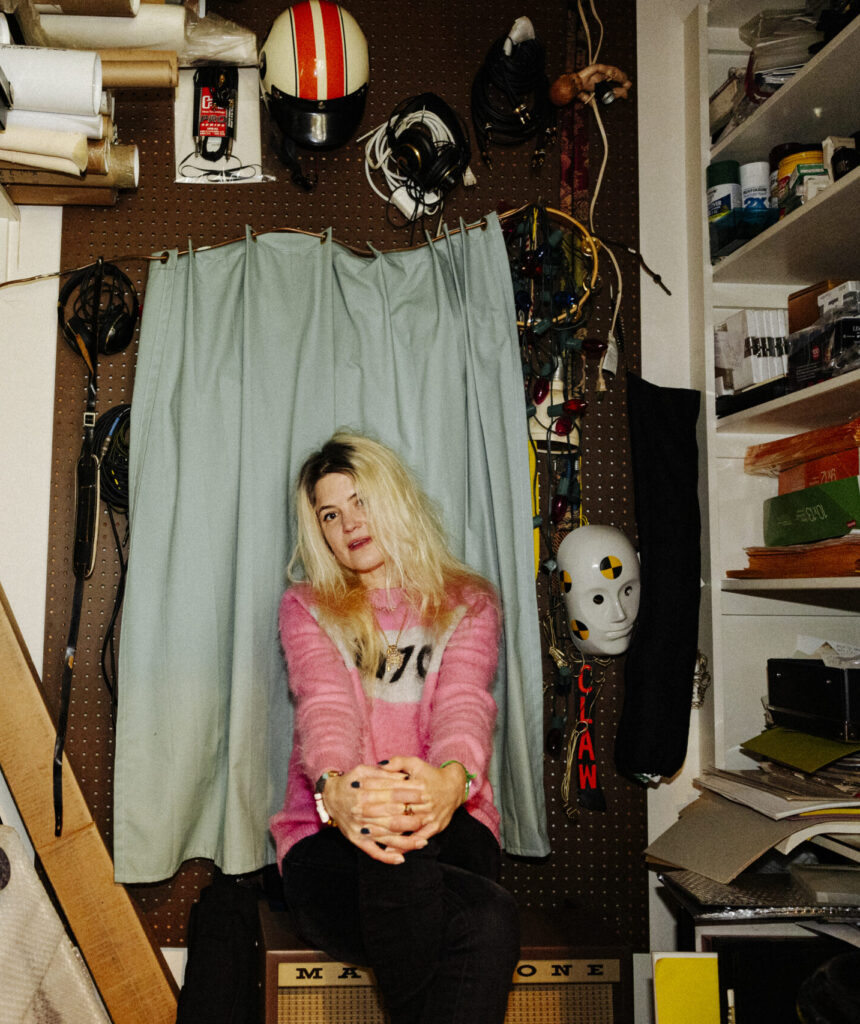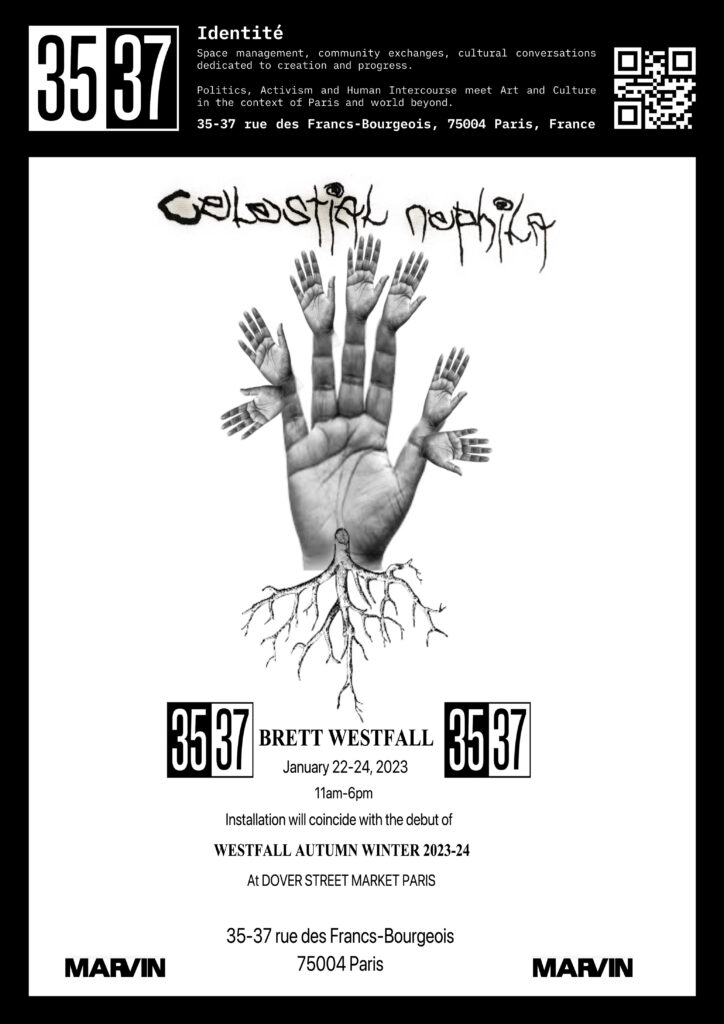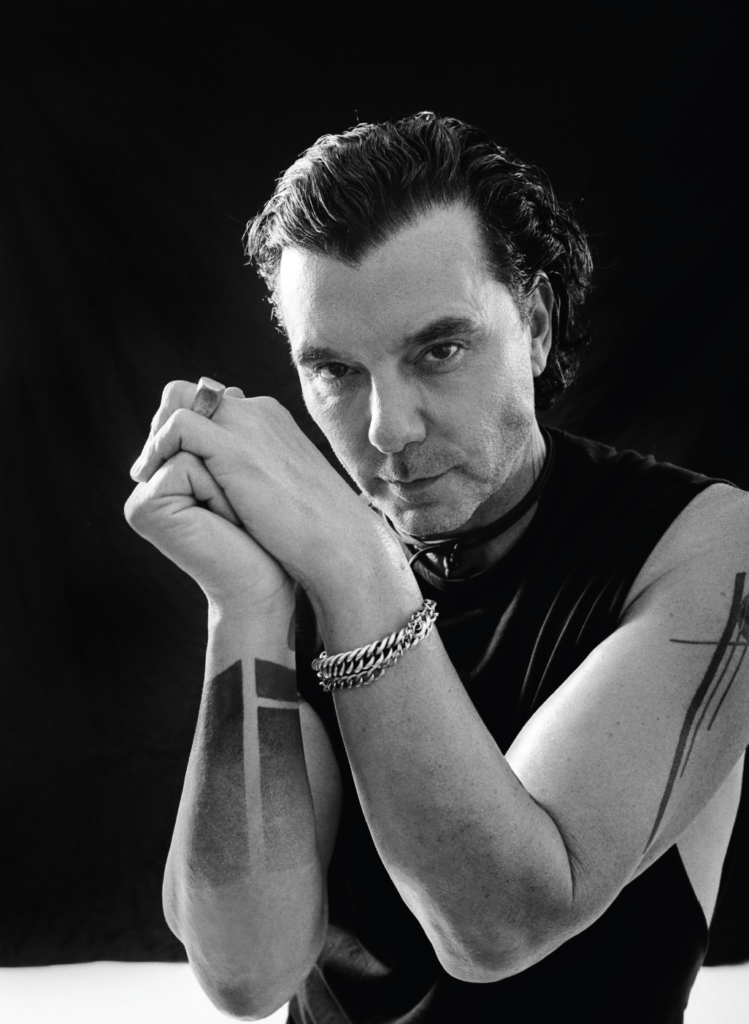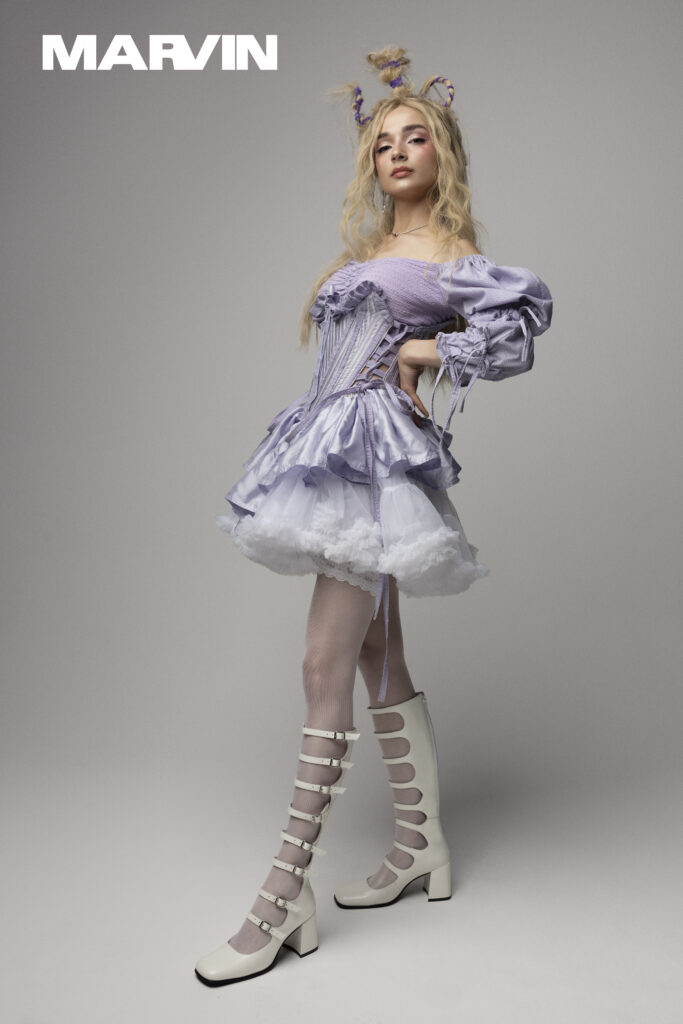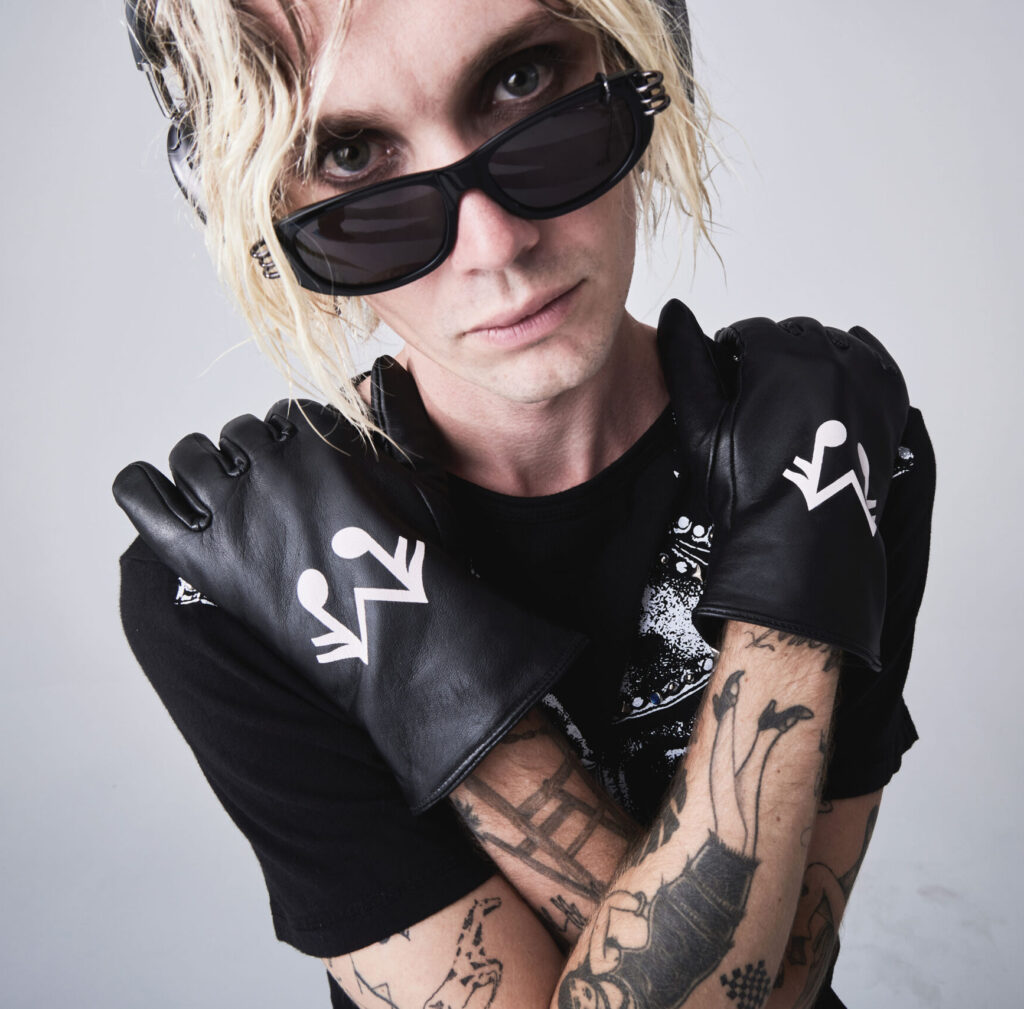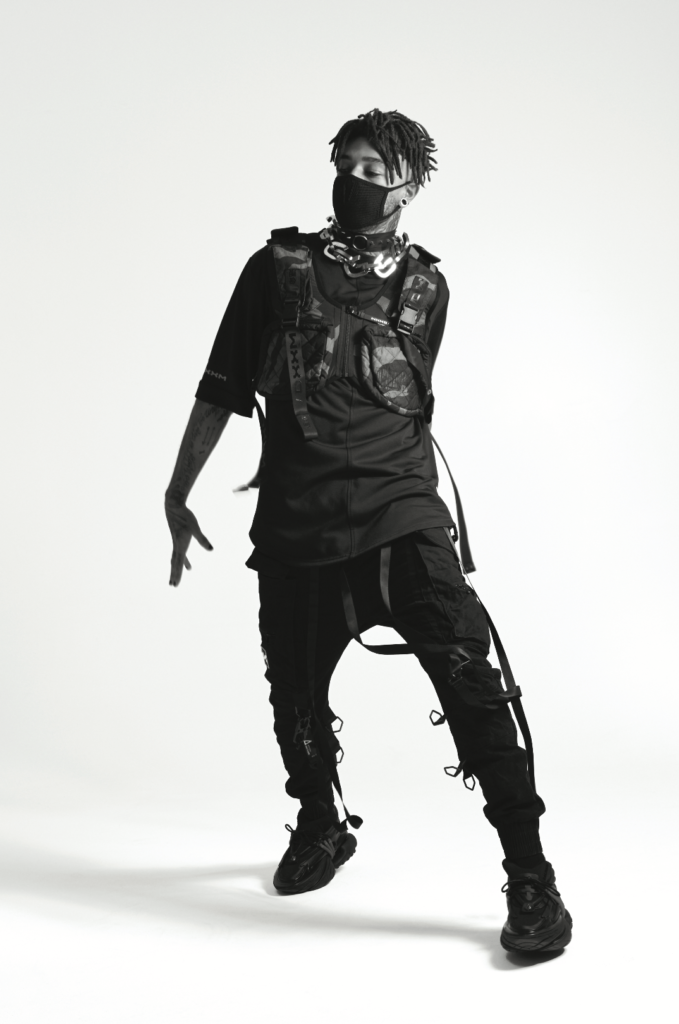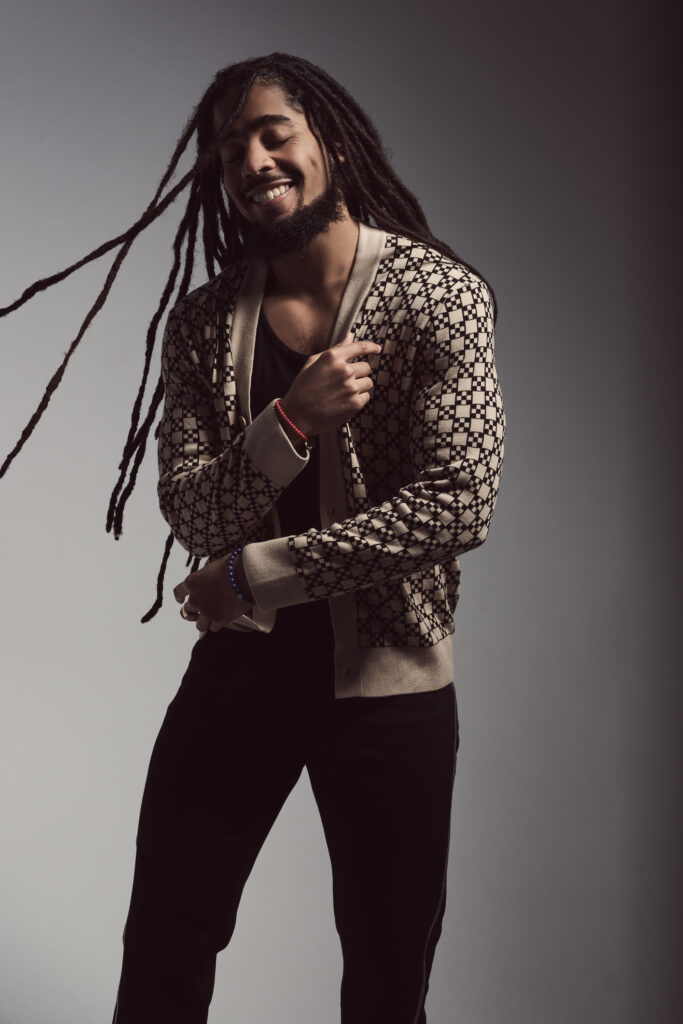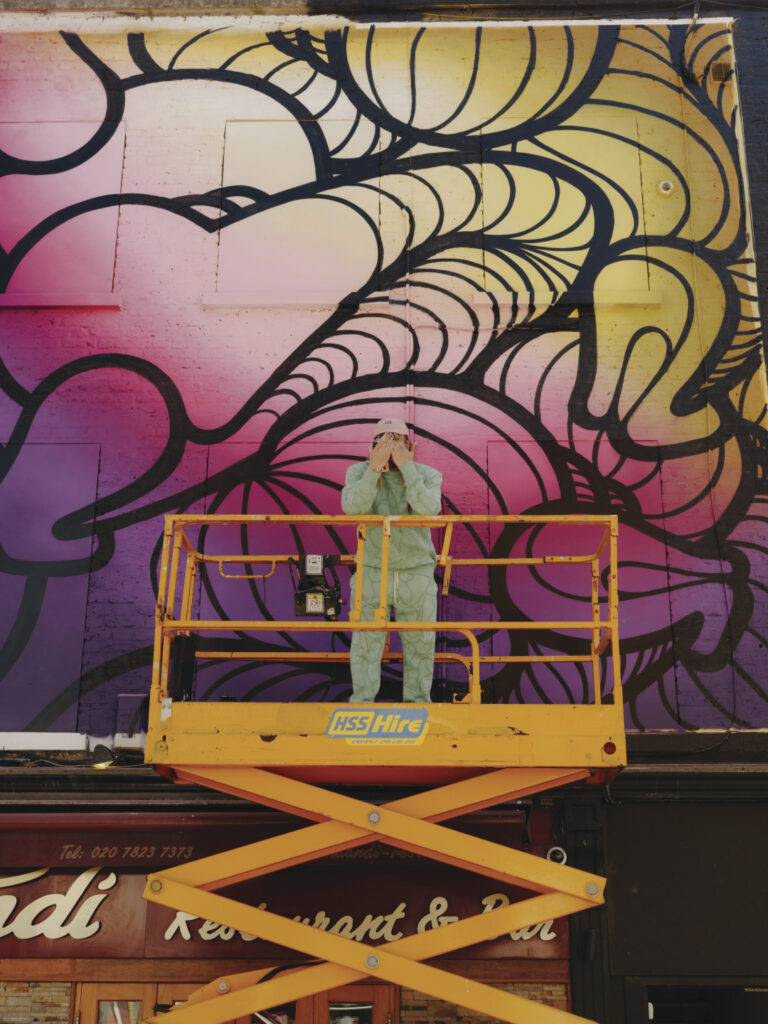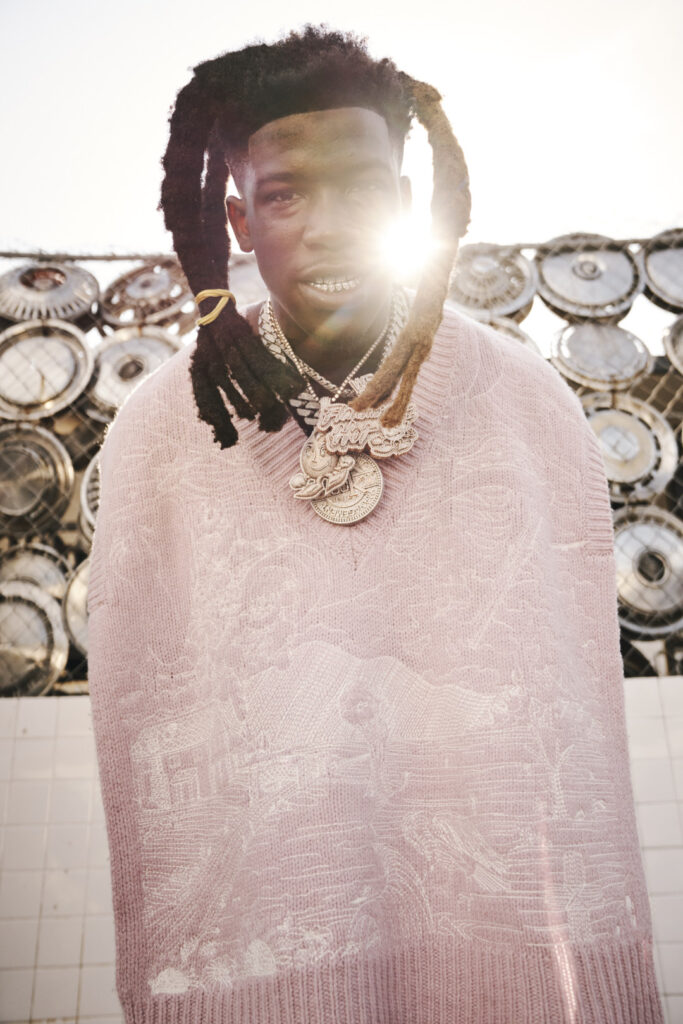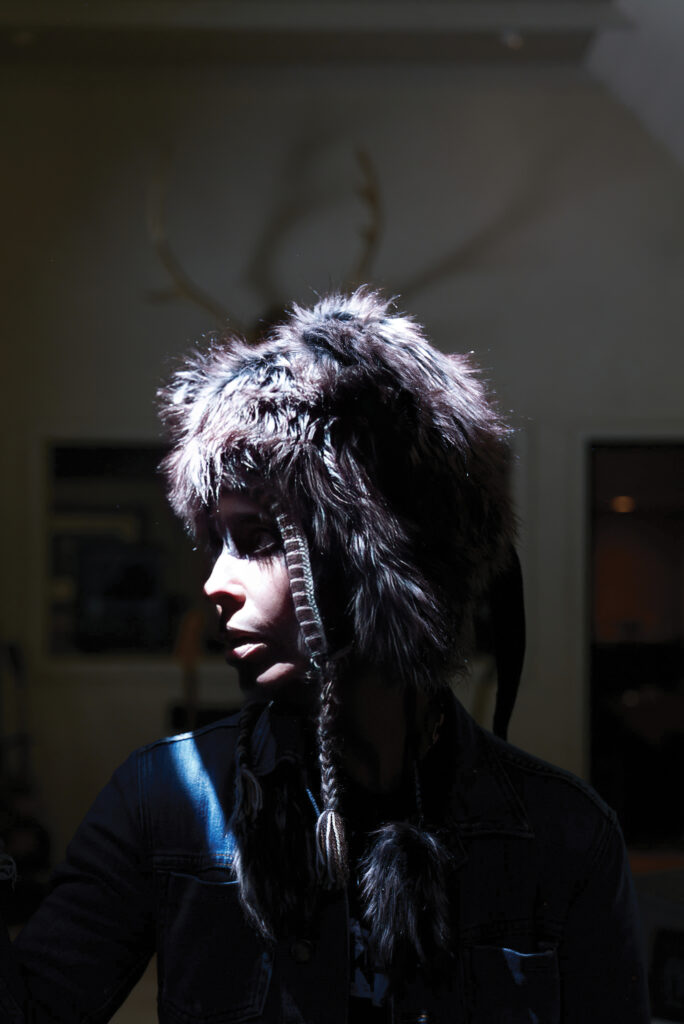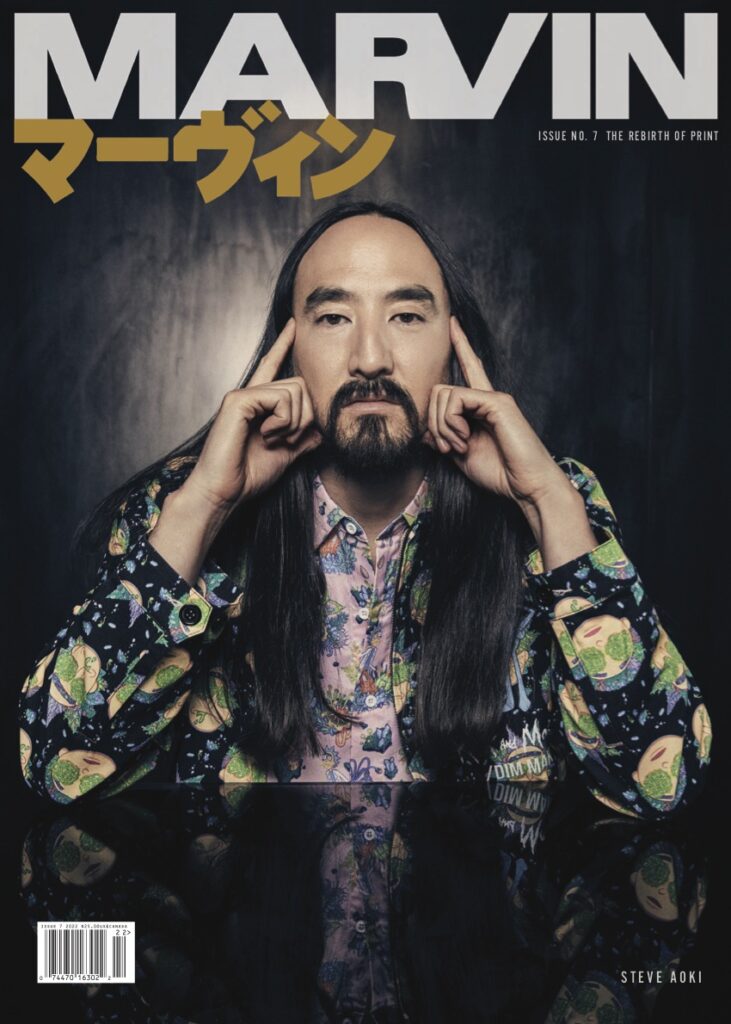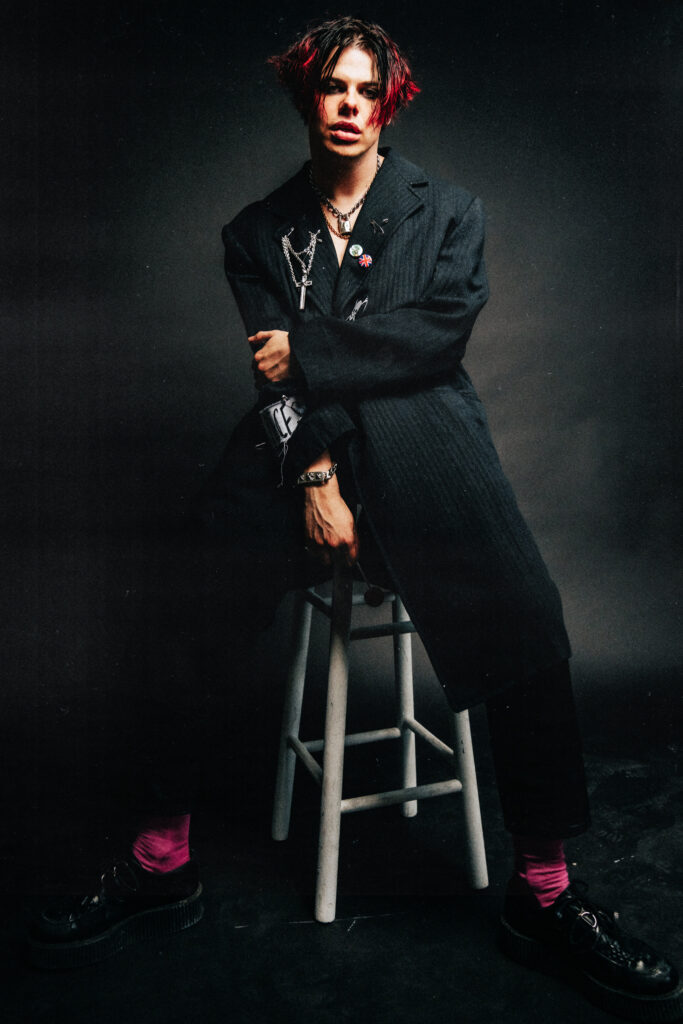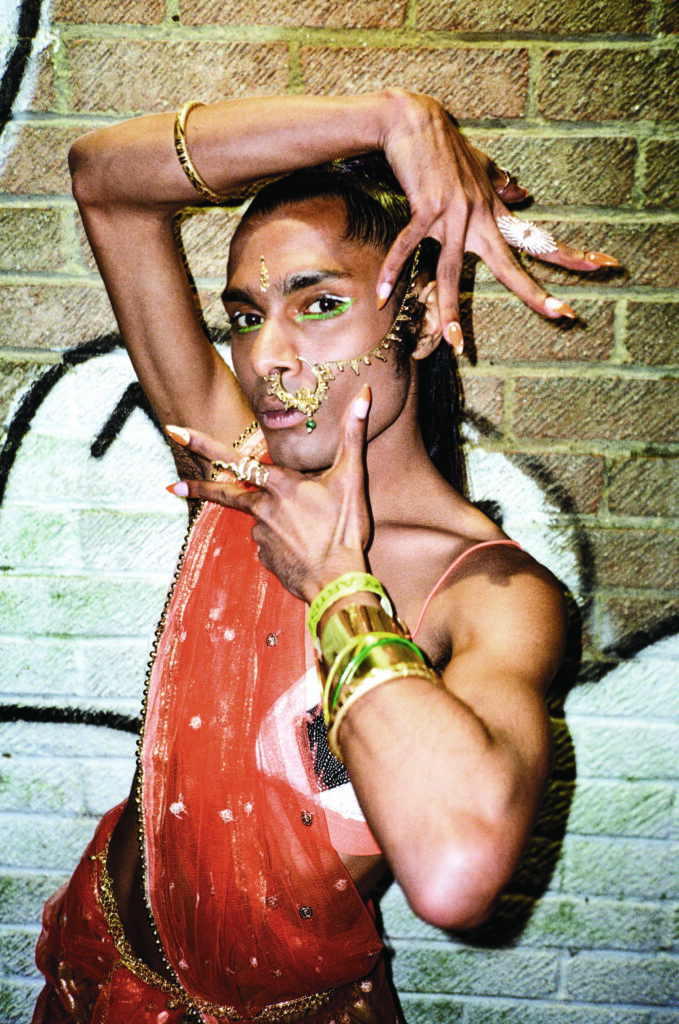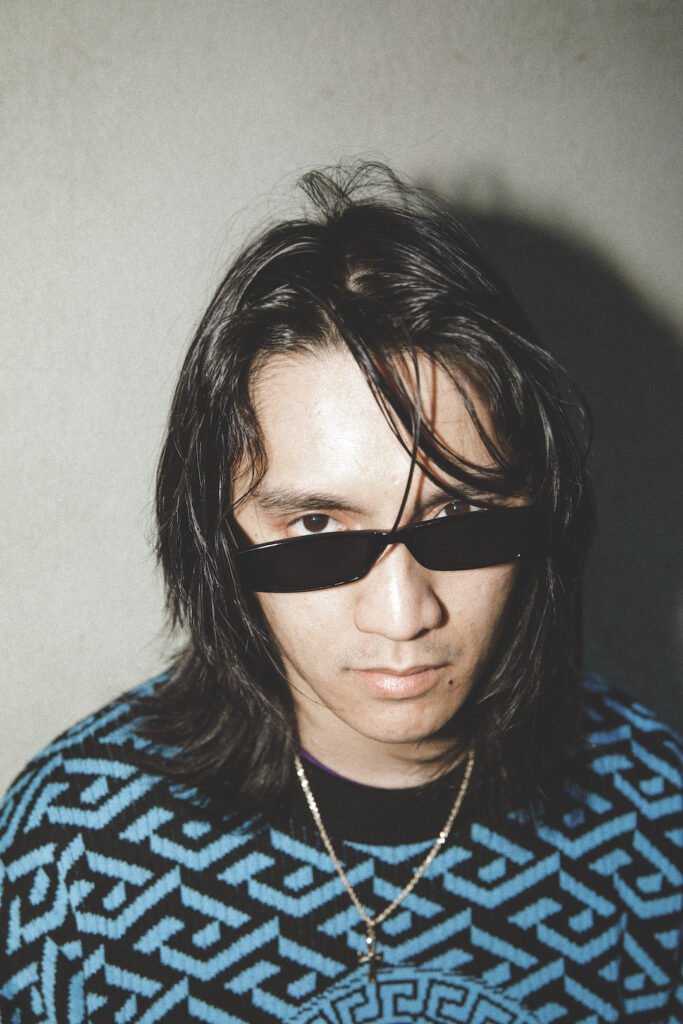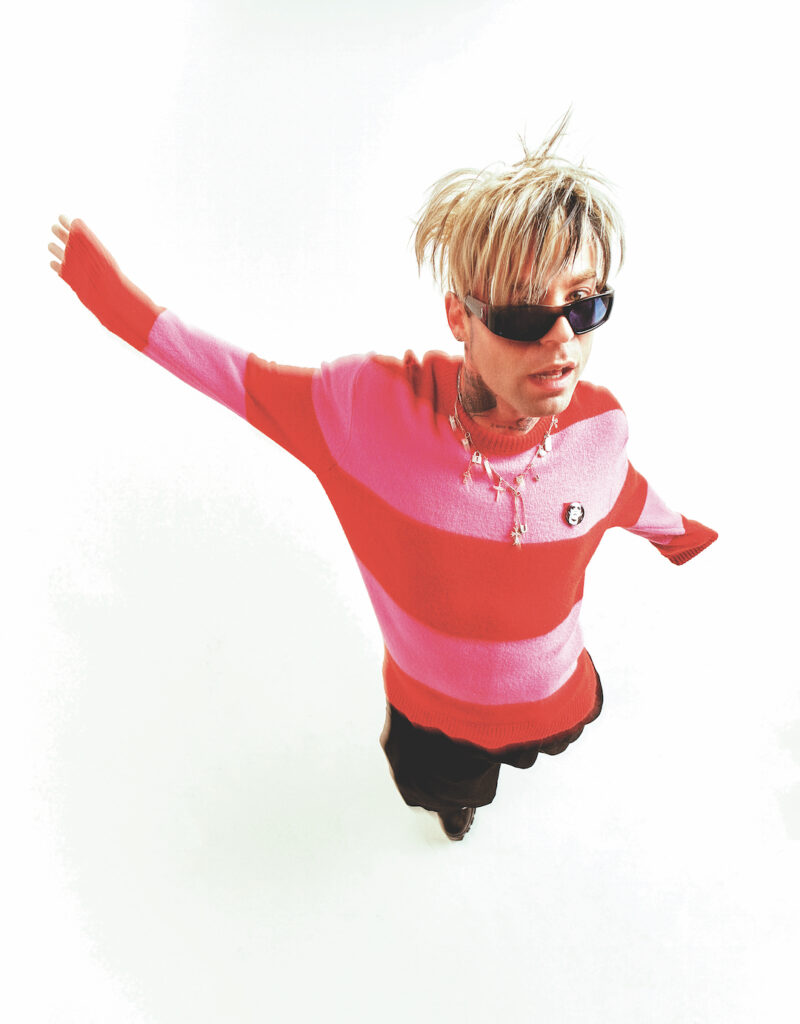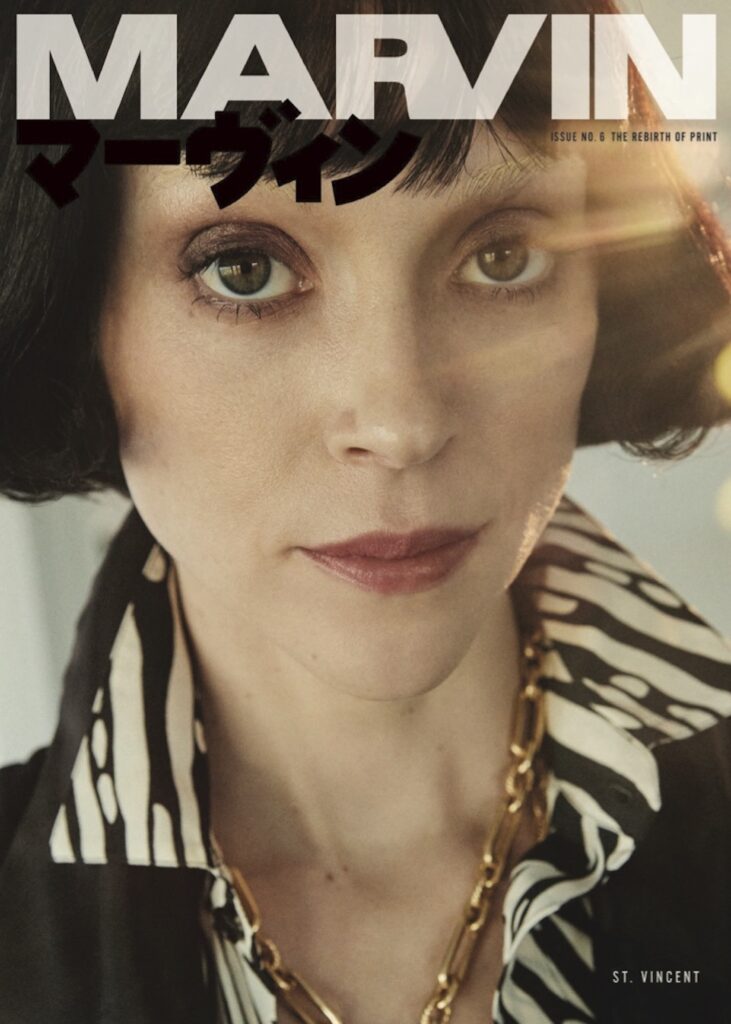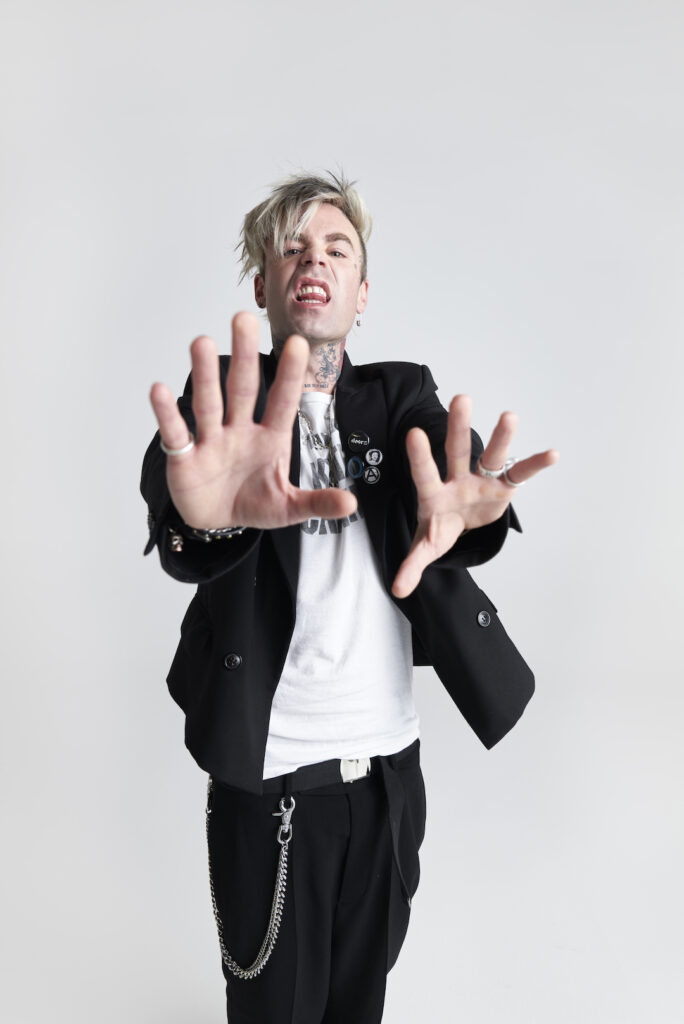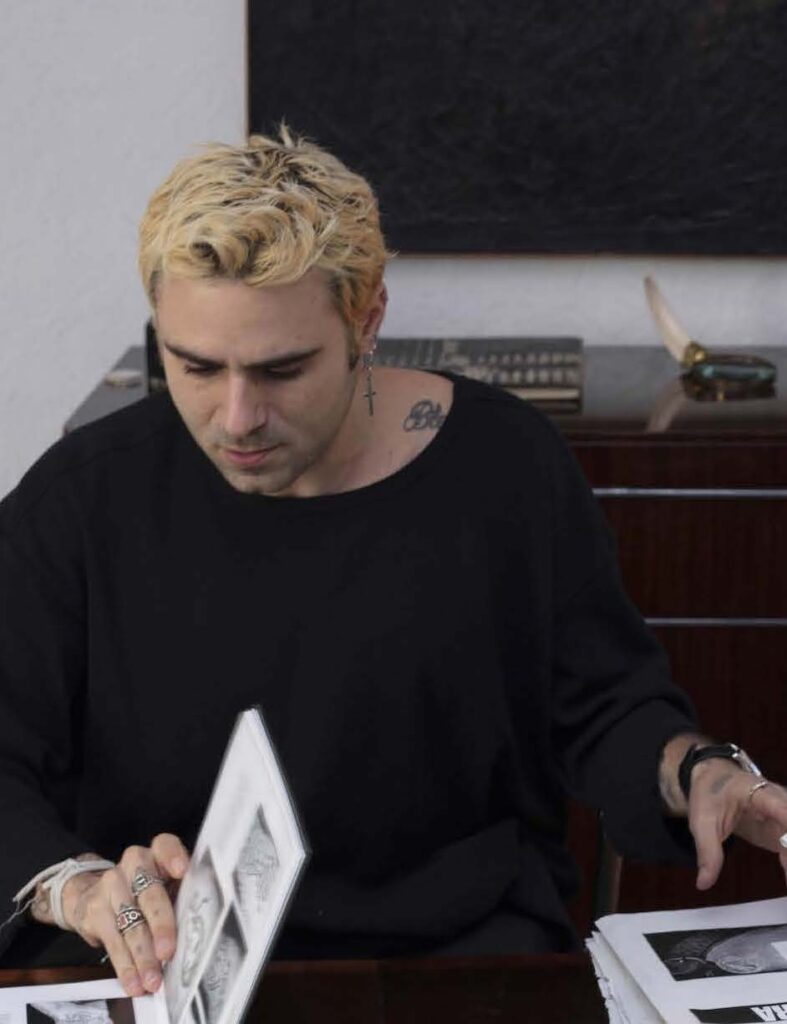Fashion
Japanese Designer Takahiro Is Focused on Fashion, Dedicated To His Art
Words by Joanna Kawecki
Photography by Houmi Sakata
Photography by Houmi Sakata
You’ll find Japanese designer Takahiro Miyashita’s boutique store tucked in the far end of Tokyo’s Aoyama district. A large vintage letter S signals the entrance to a 4×4 space which could easily be likened to the unrestrained mind of the designer himself. Repurposed vintage pieces like glass chandeliers and timber wardrobes reflect the designer’s love and fascination for American culture but not without the homespun roots of Ura-Hara. Perched above the eclectic Americana cupboards sits UNDERCOVER’s GRACE doll, handmade and gifted by fellow designer and friend Jun Takahashi.
We meet Takahiro at a neighboring café, the local favorite Figaro. He awaits us on the second floor’s plush rouge interiors. Notoriously guarded, he rarely gives interviews.
But today is different.
Takahiro gets up around 6:30am each day with one focus: “I’m thinking only about fashion. From morning to midnight.” He uses his clothing as a visual language which is instantly recognizable, yet elusive. From deconstructed handiwork, re-contextualized
patterns, monotone palettes, distressed textiles, to thought-provoking messages and cultural statements emblazoned across textiles, his pieces have garnered a cult following.
Takahiro’s designs involve complex tailoring and detailed undertones. The science behind them is completely instinctual and crosses a multitude of creative references. “Film, architecture, music, books, everything is like ingredients for me to make clothes. I pick up all these ideas that I find on the street, everywhere, that’s my inspiration.”
“I’ve never learned fashion”
Born to a painter mother and composer father, Takahiro was almost cosmically destined for an artist’s life. Raised in Bunkyo-ku, directly north of Tokyo’s Imperial Palace, his conventional upbringing included his mother forbidding him from listening to The Sex Pistols, or the legendary Japanese rock band, RC Succession. Led by the late Kiyoshiro Imawano, who remains one of Takahiro’s biggest influences. “He’s probably one of the biggest two idols I aspire [to] in my life.”
“Him, and John Lennon.”
So, how did a thrift shop hunting teen in the late 80s find his way to becoming one of Japan’s most talented fashion designers? By catching the attention of a fashion forefather — Nepenthes’ Keizo Shimizu — who saw Takahiro’s relentless potential and would offer him his biggest break. Highly talented, but not officially trained, Takahiro was tasked with designing his own garments. “I began doing travels between New York and Japan every three months for 3.5 years. Through that experience I learned that you can make clothing even without a background in fashion. Keizo and his business partner Daiki Suzuki were like a father and big brother to me. They shaped me [into] who I am today.
In 1996, at the age of 23, Takahiro launched his first line Number (N)ine, titled in homage to the lyrics of The Beatles’ 1968 track, “Revolution 9.” The obscure and unconventional sound collage is comprised of repeating the two words “number” and “nine” in a monotonous and meditative monastic intonation. Something resonant to Takahiro’s designs.
But Takahiro abruptly ended Number (N)ine in 2009, shocking a loyal legion of fans. Then after a year of silence, he emerged with TakahiroMiyashitaTheSoloist.. He found himself aligning in spirit to the lead singer of a band inevitably seeking to strike out as an individual with freer and less hindered works. Again, the pieces are exquisitely constructed, undeniably fresh and instantly collectable.
And yet, as beloved as his clothes are and have become, Takahiro seldom references the past and archives almost nothing. “I don’t have any piece from Number (N)ine. As far as TakahiroMiyashitaTheSoloist., I only keep the stuff that I wear. My pattern makers keep certain pieces for references, but I’m not the kind of person who uses a past collection and tries to make something from it. Everything always starts from nothing.”
Takahiro’s atelier is on the top floor of a building in Ebisu, where only “very classical, instrumental, piano-only songs” are played. Most recently, the compositions of Canadian classical pianist Glenn Gould. Takahiro explains his pensive and intently-focused work atmosphere, “I’m really quiet in the office, just working. I have one assistant who just watches the way I work, and at times I say things that are important, but I don’t really speak to them much. That’s all I know. I’ve never learned fashion, and I didn’t have a mentor. I don’t know how others design, so for me it’s really up to them as I don’t want to force people to do the same that I’ve done. Actually, I wish I went to fashion school. Maybe I’ll go now.” As he elaborates his artisan-like approach to garment design, he reveals an insight. “For me, it’s really difficult to think of fashion as business. I don’t really want to think of fashion as business.”
“Everything starts with nothing”
Like all artists, Takahiro is best understood through his work. His clothes are autobiographical pieces of his layered character. Almost like armor for his own vulnerability. “I have some challenges with my mental health. It’s a life partner that I’ve been living with all my life. A lot of times I find that right before I create something that’s fashion, or a new collection, my condition is really good. I find making clothes very therapeutic, and better than any medication. If someone was to take away fashion from me, I don’t think I could keep the balance.”
The exploration of identity is a running thread through Takahiro’s work, and in 2020, he’s exploring it even further. “I feel that everyone in this world is having an identity crisis, right now. Everybody is kind of finding their own way, and trying to find their identity or their position. I feel that your pain in the past means nothing right now. Everyone is starting over, it’s like a reset for everybody. For me, it’s both good and bad. Right now, I’m competing against a lot of people, a lot of rivals. Everyone’s trying their hardest to survive. It’s a new decade. I’m excited about this whole new era, because you feel more competitive. You just feel… a lot more. Everyone, including myself, is starting over.”
Designing since his early 20s, Takahiro at 47 is successfully maintaining a consistent balance between creativity and commerce, all led mostly by his own intuition. “If you look up fashion on Google, the definition is already so outdated. Fashion could be music, it could be architecture or film. Just because you are a fashion designer doesn’t mean you’re only making clothes. Fashion designer — as in someone who designs and makes clothes — is so old school. I think there is a new era that is starting for fashion.”





